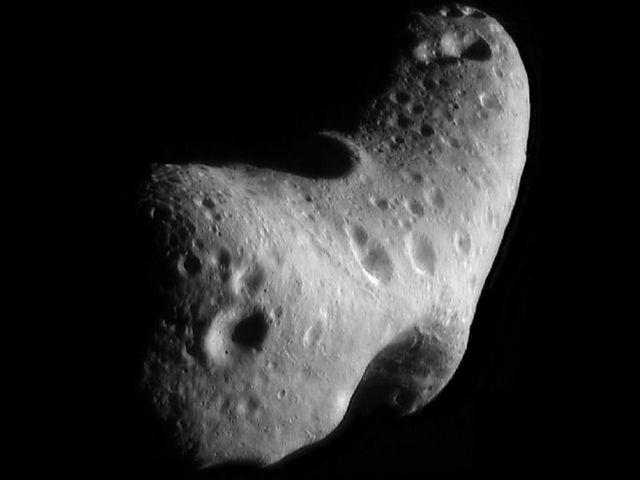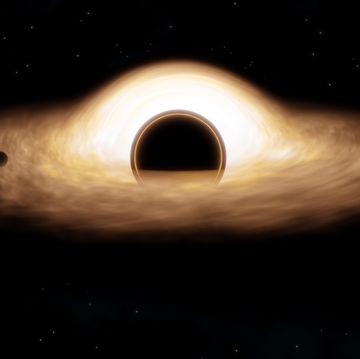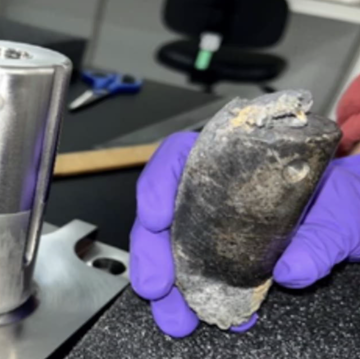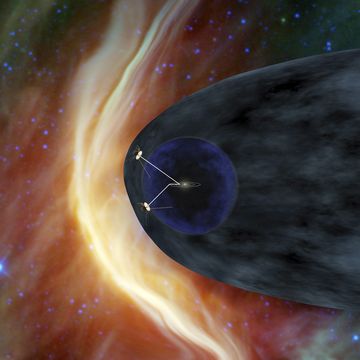Scientists at the Pan-STARRS 1 telescope on Haleakala, Hawaii have spotted a tiny asteroid orbiting the Earth. The asteroid, called 2016 HO3, was first spotted on April 27.
According to their calculations, the asteroid has been orbiting the Earth for about a century and will continue orbiting our planet for centuries in the future. The astronomers have determined that 2016 HO3 is locked into a stable orbit with the Earth: When the asteroid pulls too far ahead, the Earth's gravity pulls it back, and when it lags too far behind, the Earth's gravity causes it to catch up.
Fortunately, the asteroid is in no danger of colliding with the Earth, as its orbit never takes it closer than about 9 million miles, about 38 times the distance between the Earth and the Moon. It also has no chance to escape any time soon, as it never gets more than about 24 million miles away before the Earth's gravity pulls it back.
This extreme distance and irregular orbit make 2016 HO3 a "quasi-satellite," as opposed to a real satellite such as the moon. The Earth has had quasi-satellites like 2016 HO3 before; one called 2003 YN107 followed the Earth for about a decade before getting thrown out into space.
The reason it took a century for astronomers to find 2016 HO3 is that it's tiny, just a couple hundred feet wide. Astronomers have long struggled to detect such small near-Earth asteroids, asteroids that cross Earth's orbit. A recent NASA audit in 2014 suggested that only 10 percent of near-Earth objects 140 meters in size or larger have been found, well behind a Congressional mandate to find all such objects by 2020.














